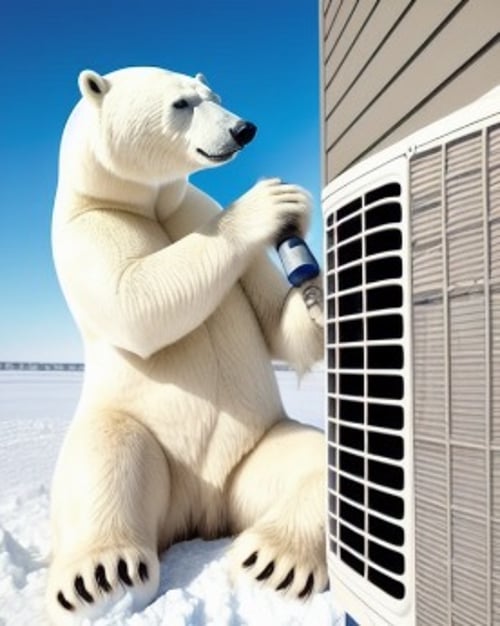Repairs And Tips
Learn more about what you can do!
Arctic Tip
Seal Windows and Doors:
Seal windows and doors with weatherstripping to prevent air leaks, which can increase energy bills.
Arctic Tip
Regularly Change the Air Filters:
The air filters should be changed every 1-3 months to ensure proper indoor air quality. This is a quick and easy task that can be done in just a few minutes using a new air filter.
5 Landscaping Tips
1. Soil Testing: Conduct a soil test to determine its pH and nutrient content. This helps you choose the right plants and fertilizers for your landscape. Soil testing can be done through local agricultural extension services.
2. Proper Plant Selection: Choose native or drought-tolerant plants that are well-suited to your region's climate and soil conditions. This reduces the need for excessive watering and maintenance.
3. Water Efficiency: Install an efficient irrigation system with a timer to water your landscape during the early morning or late evening when temperatures are lower, reducing water loss due to evaporation.
4. Mulching: Apply a layer of mulch around plants and in garden beds to conserve moisture, suppress weeds, and regulate soil temperature. Organic mulch also improves soil quality over time.
5. Regular Maintenance: Regularly trim and prune plants to maintain their shape and health. Remove dead or diseased branches and keep your landscape free from debris. A well-maintained landscape is more appealing and less prone to pests and diseases.
5 Steps to Extend Your HVAC Unit
1. Regularly Change the Air Filter: The air filter should be changed every 1-3 months to ensure the HVAC system is running efficiently. This is a quick and easy task that can be done in just a few minutes using a new air filter.
2. Keep Outdoor Unit Clean: Keep the outdoor HVAC unit clean and clear of debris, grass, and leaves. You can use a garden hose to spray it down and clear the debris.
3. Keep Vents Clean: Keep the supply and return vents clean to ensure proper air flow. Use a vacuum or a damp cloth to clean the vents.
4. Inspect Refrigerant Lines: Inspect the refrigerant lines for any leaks. If you notice any leaks, contact a professional HVAC technician.
5. Test Thermostat Operation: Test the operation of the thermostat to ensure it is working properly. If you notice any issues, contact a professional HVAC technician.
